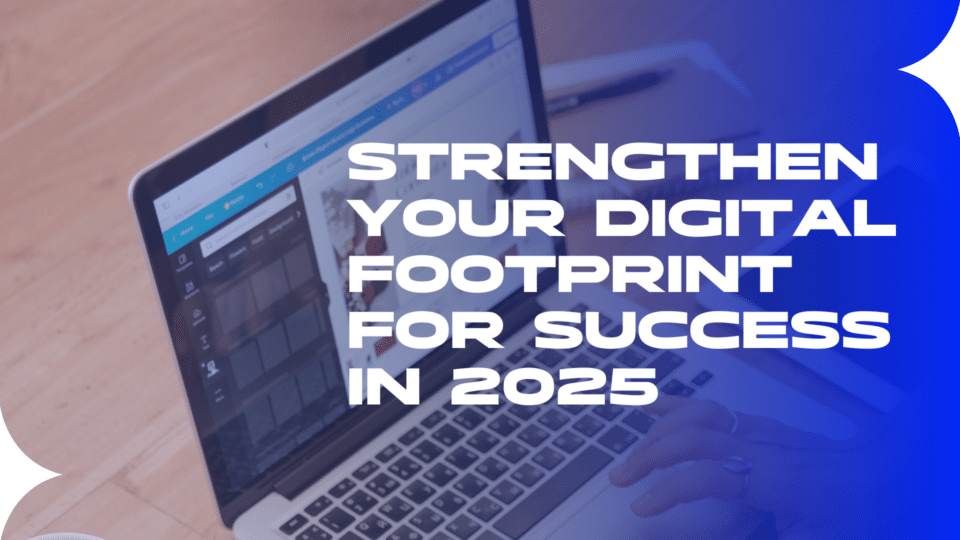
Press Releases: The Secret Ingredient to Business Growth
July 10, 2023
How To Use LinkedIn To Generate Leads For Your Business
July 24, 2023Web Design: 10 Methods To Better Understand The User
Explore ten effective methods for understanding user behavior in web design, from user personas to competitor analysis. Improve your UX and UI strategies today!
The success of a website design is fundamentally tied to how well you comprehend your users. Unearthing their needs, behaviors, and motivations are vital steps in applying design principles to develop a responsive design. This design approach leads to a user-friendly website that resonates deeply with your audience. In this discussion, we will explore ten crucial methods that assist in gaining a profound understanding of your users in web design.
1. User Personas: The Foundation of Understanding
User personas are fictional characters representing various user types that might use your site. By developing personas, you can empathize with your users, identify their needs, and design a website that provides a satisfying user experience. Remember to make these personas as realistic as possible by incorporating demographic information, user goals, and behavioral patterns.
Free Ebook: Learn How To Create Personas
2. User Surveys: Gathering Direct Feedback
Surveys can serve as a valuable tool in UX design, providing a treasure trove of direct feedback that uncovers your users’ feelings about your site. They are instrumental in identifying aspects users enjoy or dislike, as well as the challenges they encounter and their needs. To maximize the efficacy of surveys in understanding users’ feelings, ensure they are succinct and targeted. Additionally, considering incentives can encourage more comprehensive responses, amplifying their value in your UX design process.
3. User Interviews: Engaging in Dialogue
While surveys collect quantitative data, interviews provide qualitative insights. They enable open dialogue with users, giving you a deeper understanding of their motivations, frustrations, and expectations. Depending on your resources and users ‘ convenience, these interviews can be conducted in person, over the phone, or through video conferencing.
4. Usability Testing: Observing Interaction
User tests, a vital element of user interface design, offer a hands-on method for understanding your users’ interaction with your site. This process provides valuable insights into their behavior and potential obstacles they might face when navigating your website. Implementing iterative user tests allows for continuous refinement and improvement of the design, enhancing its usability based on the feedback received.
5. Heatmaps: Visualizing User Interaction
Heatmaps are an influential visual design tool illustrating how users interact with various design elements on your website. These visual representations highlight areas where users frequently click, scroll, or hover, offering valuable insights into what captures their attention. Recognizing these patterns is crucial as the user experience includes understanding these interactions to make strategic design decisions that bolster engagement.
6. A/B Testing: Comparing and Contrasting
In UI design, A/B testing is a technique where two versions of a webpage, with varying visual elements, are presented to users to evaluate performance. This strategy provides robust, data-driven insights into user preferences and behaviors, empowering you to make informed decisions in optimizing the visual elements of your design.
7. Google Analytics: Unearthing a Wealth of Data
Google Analytics is a powerhouse of user data. It provides insights into where your users are coming from, their devices, browsing durations, and much more. Such information can guide your design strategy, tailoring your site to the needs of your diverse user base.
8. User Journeys: Mapping the User Experience
For UX professionals involved in interaction design, user journey maps comprehensively visualize the routes users take on your site. This method illuminates each step, from initial engagement to final interaction. By identifying areas of friction in the user’s journey, UX professionals can refine aspects of interaction design to create a smoother, more intuitive experience.
9. Eye-Tracking Studies: Following the User’s Gaze
Eye-tracking studies offer unique insights into where users focus their attention on your web pages. This knowledge allows for the strategic placement of key information and calls to action, ensuring they catch the user’s eye.
10. Competitor Analysis: Learning from Others
A keen eye on your competition can provide insights into what works and what doesn’t in your industry. Observing their design choices and user engagement can spur ideas for your own website and potentially avoid pitfalls they might have encountered.
Get Your Competitor Analysis
Harnessing User Understanding
The cornerstone of effective web development is understanding your users. By implementing these ten methods, you can tap into valuable insights about your users’ behaviors, preferences, and needs. This vital understanding can inform your design decisions, cultivating an overall user experience that crafts a user-friendly website and truly engages your audience.




